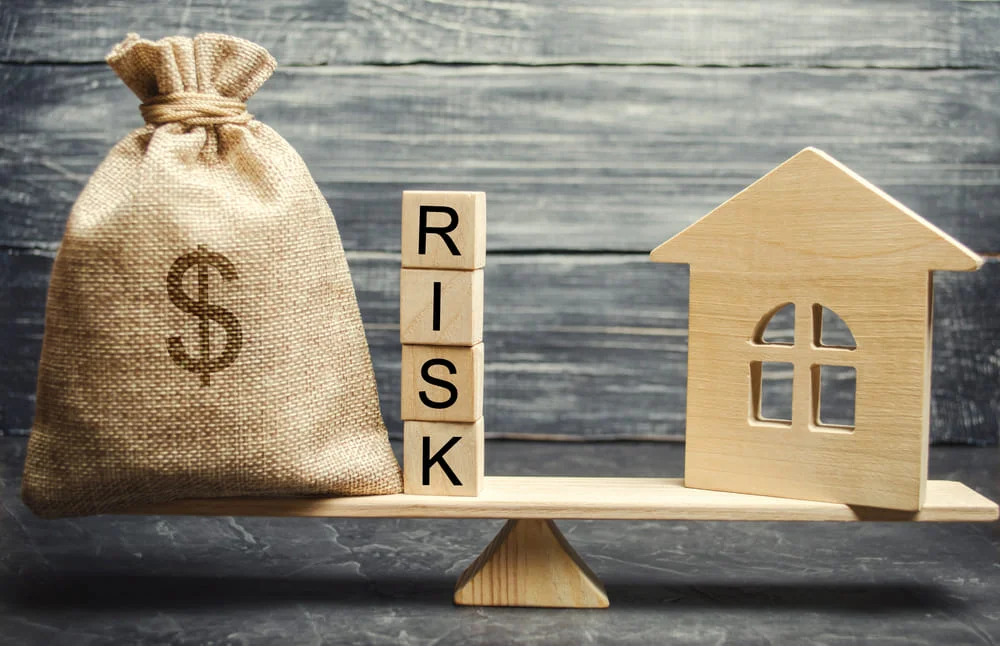
In real estate, there are two basic concepts of investing – active and passive.
Passive investing is typically your buy-and-hold form of investing. Simply put, once you’ve purchased a solid income property, you sit back and let it appreciate over time and have your tenants literally pay down your mortgage each and every month.
This form of investing usually combines most, if not all, of the advantages of real estate; that is, appreciation, leverage, cash flow, tax advantages, tenant pay-down of your mortgage, a solid asset, and freedom.
Passive real estate investing is where true wealth creation comes from. The majority of wealth that comes from real estate investing is created from buying prudent income property and holding on to it. This is how real wealth is created.
Active investing is a form of investing that requires more time and direct effort from you, and usually on an ongoing basis. There are three common types of active investing:
- Assignment or assignment of contract – this is where you find a good deal, put it under contract, and then assign that contract to another investor for a fee.
- Rehabbing – this is where you buy a distressed property and fix it up. Rehabbing can be very time consuming if you’re doing the work yourself. But, even if you’re outsourcing the rehab work to a contractor or handy-man, there are still many tasks to be done before you can rent or resell the property.
- Flipping – flipping is related to assignments and rehabbing because it describes what you’re doing with the property as your exit strategy. But, flipping can apply to any form of real estate regardless of condition. For example, you may find yourself a good deal on a pre-foreclosure that requires little to no rehab work and be able to turn around and flip it to a new home buyer shortly after acquiring it.
As you can see in the Active vs. Passive Investing graphic, active investing is made up of three parts, forming a triangle.
At the apex of the triangle, you have money. Money isn’t necessary, but it can help you generate profits faster than without it. You don’t need money because if you have the right deal, there will be other investors with money who’ll be willing to finance or partner on your deal.
At the left base of the investment triangle, you have credit. Again, credit isn’t necessary, but it can also help you accelerate your profit building efforts. The fact that you don’t always need money or credit is the reason why there are many ways to profit from real estate. This is also the reason why you can buy real estate with no money down.
Finally, you have activity at the right base of the triangle. Activity is the most important part, which is why it’s called “active” investing. Activity trumps the other two parts because with activity, also known as “sweat equity,” you can find the deals that other investors want.
There are many real estate investors who have money and/or credit but lack the time or knowledge to find good deals. This is where you can generate some nice profits for yourself without using any of your own cash or credit. Your only risk is your time!



